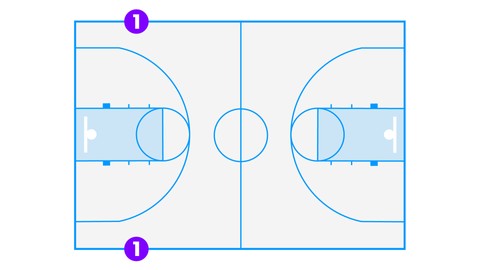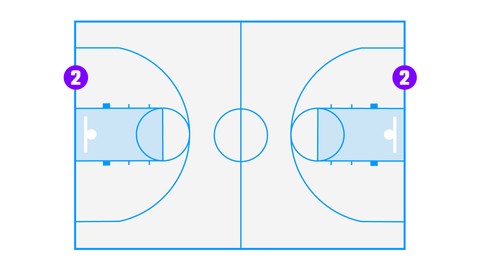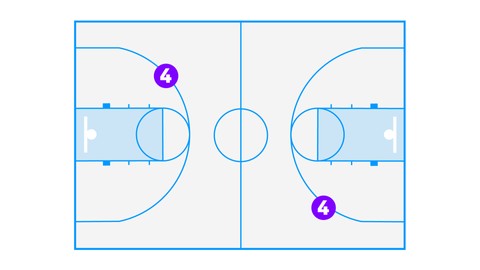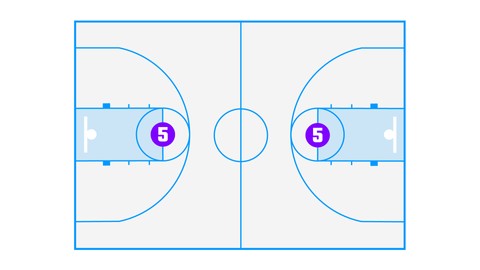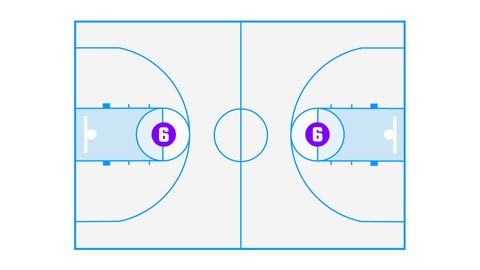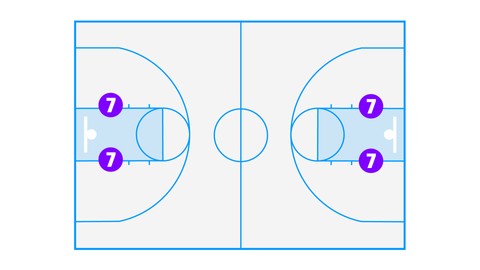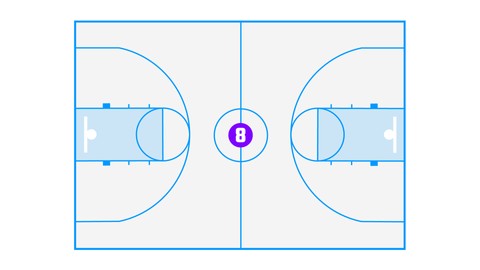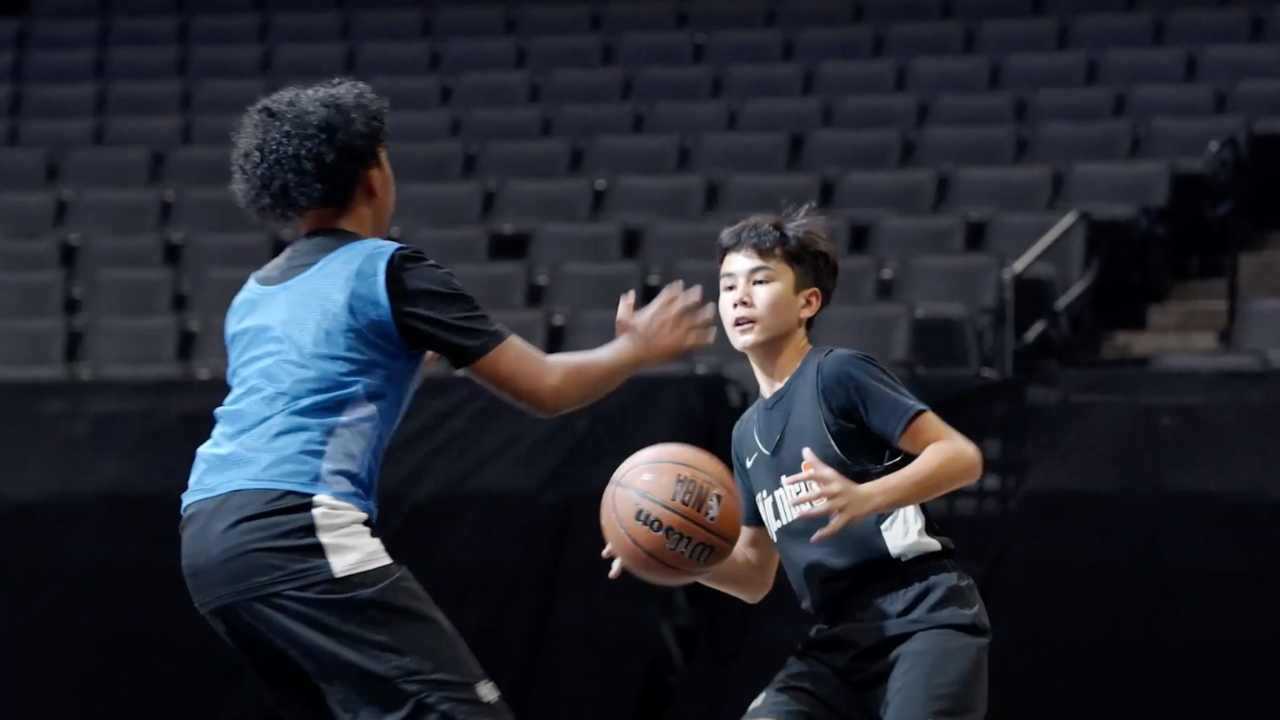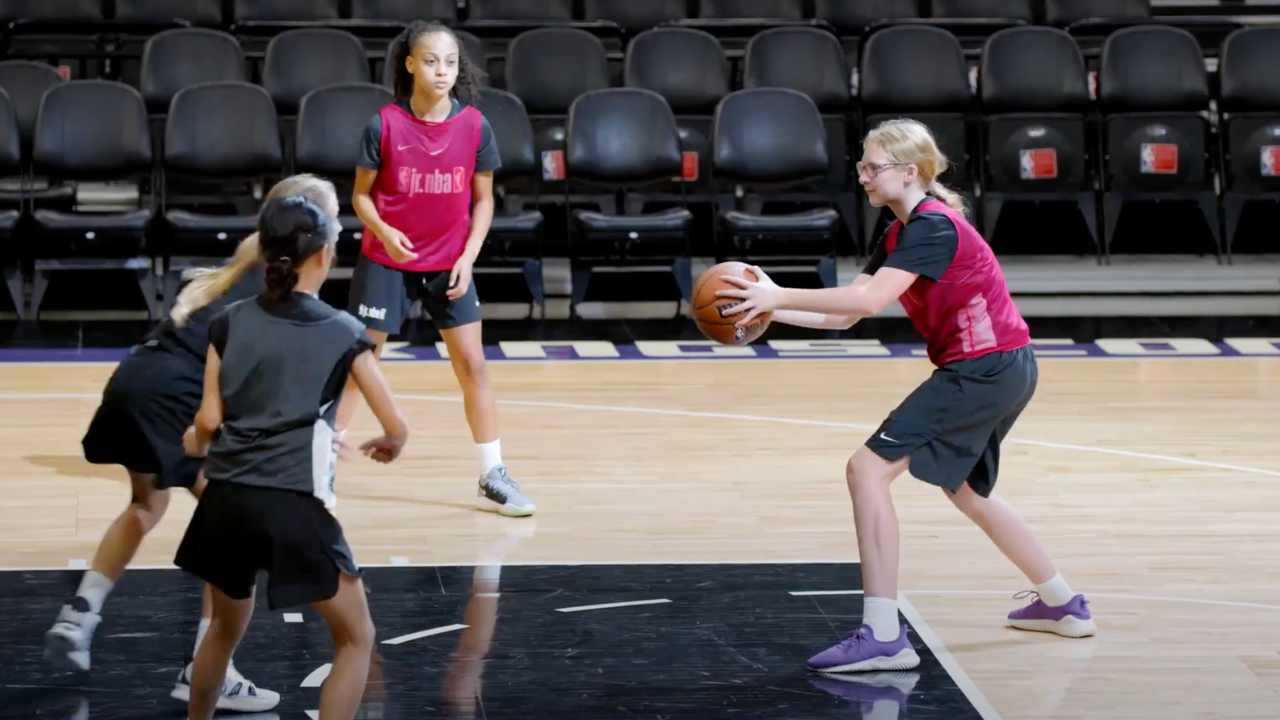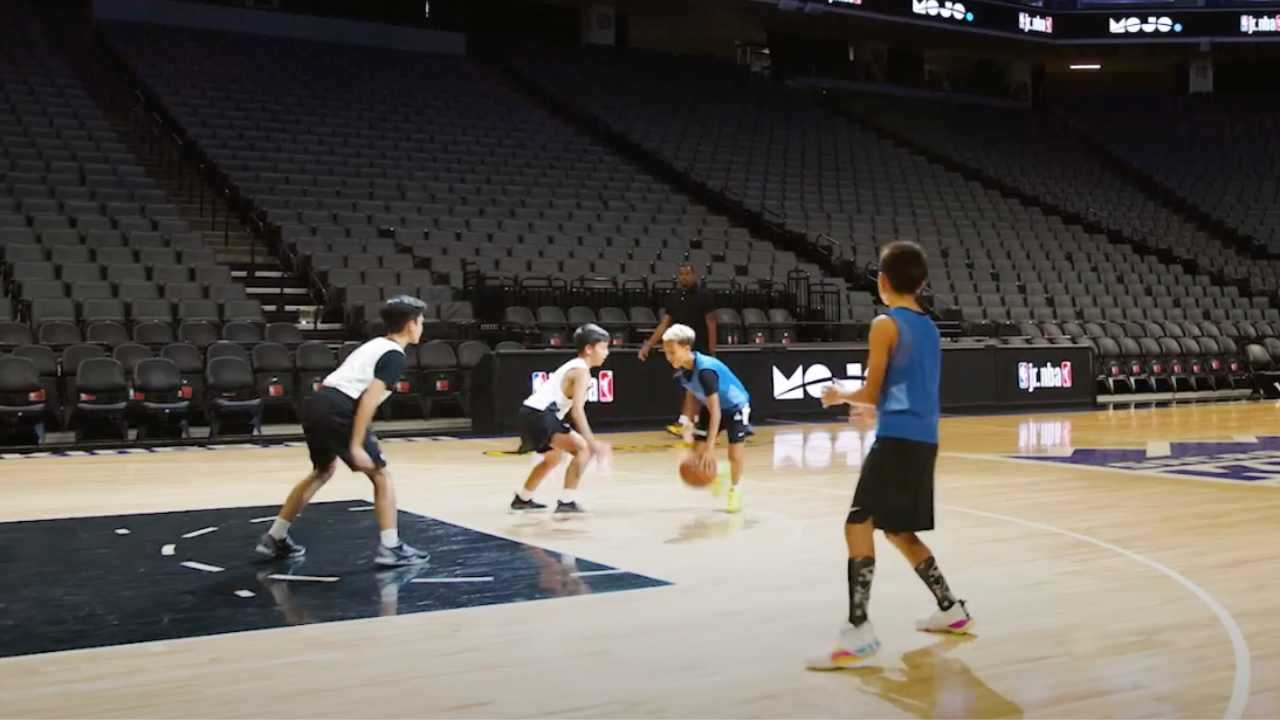Basketball 101: The Court Lines
Young basketball players need to know their lines — their court lines
Team MOJO
| 6 min read
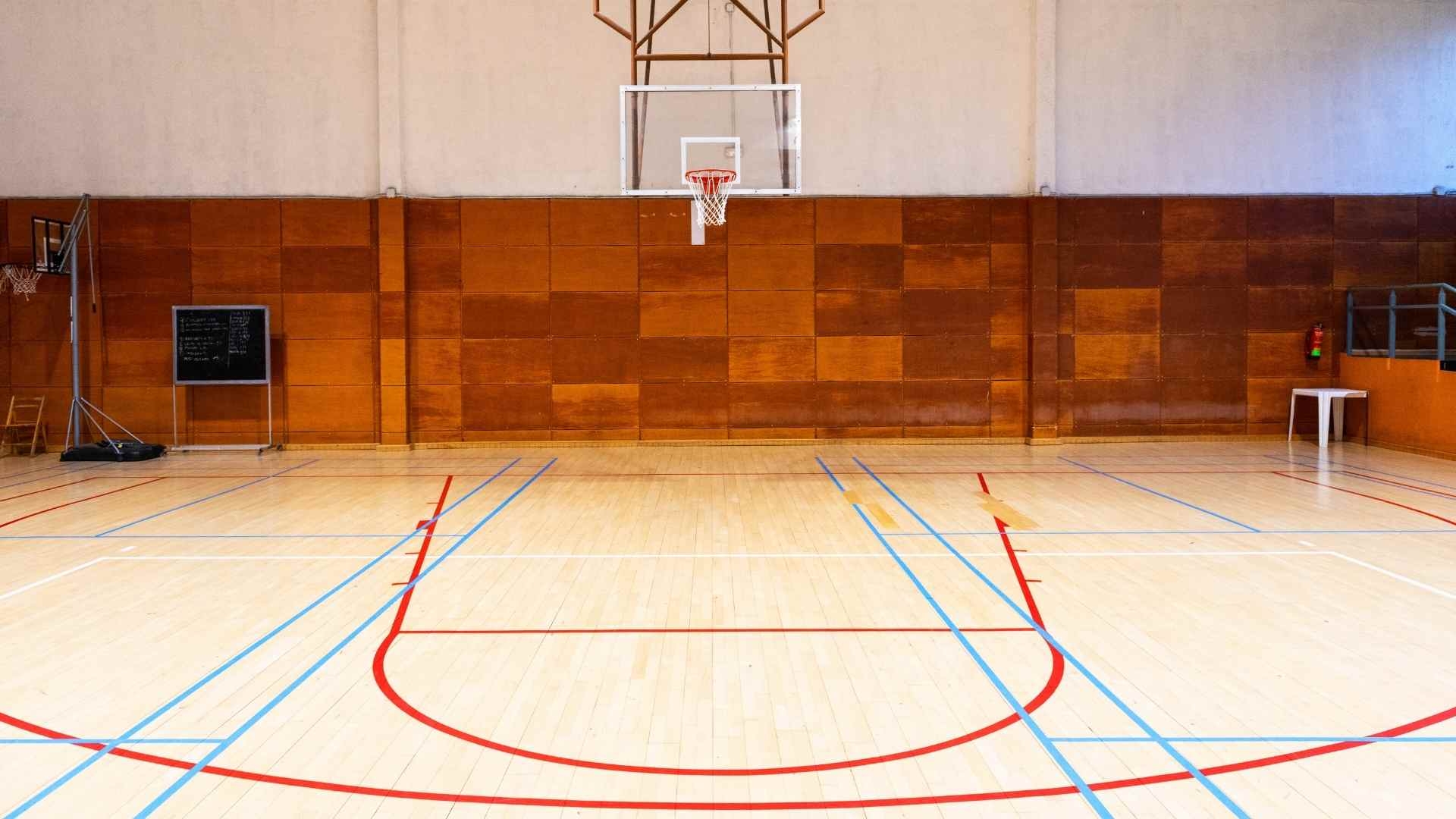
Canva
A big part of coaching is simply teaching kids the language of the game. And even before you’re talking about triple-threat position or a pick and roll, you need to make sure everyone on the basketball court is on the same page about basic terminology — quite literally, the names of the lines you’re all standing on.
Court sizes differ slightly, but certain lines are more or less universal. Here’s a quick guide to basketball court lines.
1. The sidelines
The sidelines are pretty obvious — the two lines running down the length of the court, that define the width of the playing area. Typically, for kids playing on a full-size court, starting around age 9, the sidelines are about 50 feet apart — but again, that depends.
The sidelines are a coach’s friend during practice. When lines are unavoidable, use the sidelines to help corral players waiting for their turn.
2. The baselines
At the end of the two sidelines are the baselines, which, on a typical court, sit 4 feet behind the basket.
This baseline is a useful place to start and stop drills.
Technically, it’s called an endline for the team on defense, and a baseline for the team on offense, but no need to get complicated—especially if you’re coaching 6-year-olds.
3. The half-court line
(A.k.a. The mid court line). The half-court line defines the center of the playing area, between the front and back court. In youth basketball, there may or may not be a backcourt timeline — a set amount of time, usually 8 or 10 seconds, for a team to move the ball out of the backcourt and across the half-court line.
4. The 3-point line
Typically, the 3-point line defines the area between 2-point shots and 3-point field goals. But 3-point shots aren’t usually part of the game for kids 12 and under.
For younger players who aren’t there yet, the 3-point line is still useful to define a specific playing area and during games and activities.
5. The free throw Line
The standard free-throw line is 15 feet away from the basket, on most courts. In youth basketball, however, the distances should be age-appropriate — 14 feet away from the basket for kids ages 7 to 12 .
6. The free throw circle
There are two free throw circles on the court, one on either side, centered on the free throw line.
Like the center circle (see #8), free throw circles are where jump balls take place — but only if the players are old enough. The free throw circle also defines the area for the shooter during a free-throw attempt.
The free throw circle, together with the paint — the area between the lane lines and the baseline — form “the key.”
7. The lane lines
The lane lines run from the free throw line to the baseline. The lane lines can have hash marks to indicate where players stand during a free throw attempt.
8. The center circle
The center circle is a 12-foot wide circle located at center court, and it’s where jump balls take place. But there are no jump balls in youth basketball until about age 12.

